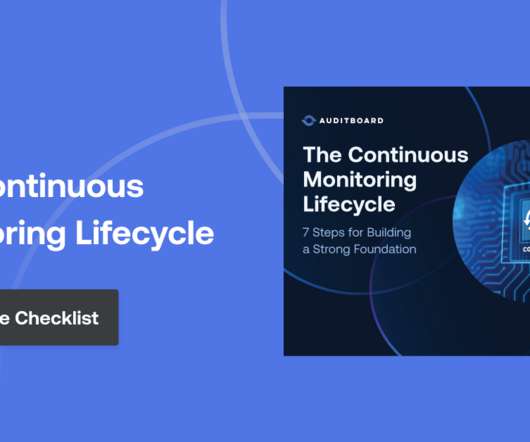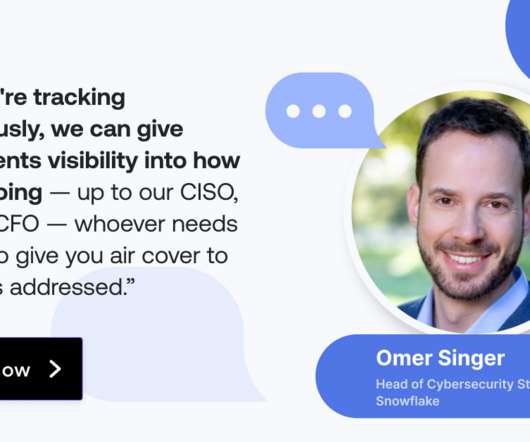The Continuous Monitoring Lifecycle: 7 Steps for Building a Strong Foundation
Audit Board
NOVEMBER 8, 2022
As the business landscape changes, compliance is becoming increasingly relevant across all industries. With risks constantly changing and driving new compliance requirements, compliance programs must be able to respond to changes with agility. This highlights the importance of incorporating a continuous monitoring approach. .


















Let's personalize your content